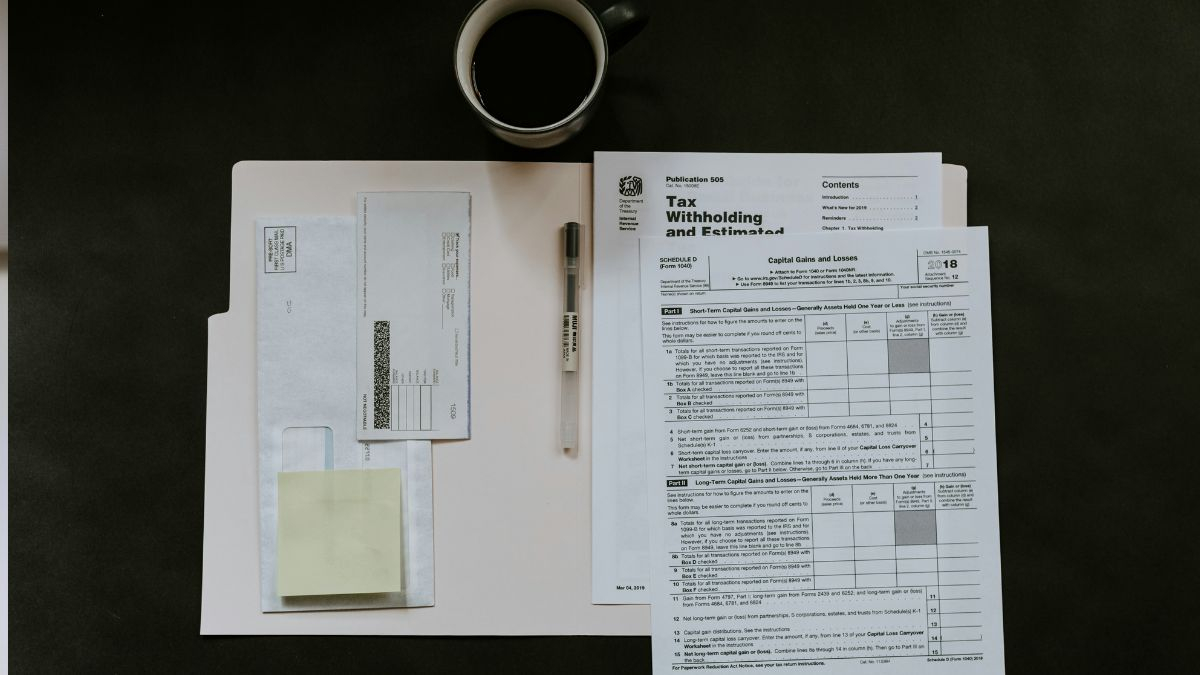Tax season can be a stressful time, and waiting for your tax refund can add to that stress. Understanding the process and knowing what to expect can help ease your mind. Here’s a detailed guide on when you can expect your tax refund from the IRS.
How to check your refund status
The IRS provides several tools to help you track your refund. The most popular is the “Where’s My Refund?” tool available on the IRS website. You can also use the IRS2Go mobile app. To check your status, you’ll need your Social Security number or Individual Taxpayer Identification Number (ITIN), your filing status, and the exact refund amount as shown on your tax return.
Refund processing times
The time it takes to receive your refund depends on how you filed your return:
- E-Filed Returns: If you filed your return electronically, you can expect your refund within 21 days. The IRS updates refund statuses once a day, usually overnight.
- Paper Returns: If you mailed a paper return, it can take up to six weeks for the IRS to process it.
Stages of refund processing
Your refund goes through several stages before it reaches you:
- Return received: The IRS has received your tax return and is processing it.
- Refund approved: Your refund has been approved, and the IRS is preparing to issue it.
- Refund sent: The IRS has sent your refund to your bank or mailed your check. It may take up to five days for the deposit to appear in your bank account or several weeks for a check to arrive by mail.
Common reasons for delays
Several factors can delay your refund:
- Errors on your return: Mistakes or incomplete information can slow down processing.
- Additional review: Some returns require additional review, especially if they involve credits like the Earned Income Tax Credit or Child Tax Credit.
- Amended returns: If you filed an amended return, it can take up to 16 weeks to process.
How to receive your refund
You have several options for receiving your refund:
- Direct deposit: This is the fastest way to get your refund. You can have it deposited into your checking, savings, or retirement account.
- Paper check: The IRS will mail a check to the address on your return.
- Prepaid debit card: Some banks and card providers offer this option.
- Mobile payment apps: Certain apps accept direct deposits.
- U.S. savings bonds: You can use your refund to buy savings bonds.
What to do if your refund Is delayed
If your refund is delayed, the IRS will notify you by mail if they need additional information to process your return. You can also check the status of your refund using the “Where’s My Refund?” tool or the IRS2Go app. You can contact the IRS from Monday to Friday from 7am to 7pm on 1-800-829-1040, but be prepared for long wait times.
Planning for next year
To avoid delays and ensure a smooth refund process next year, consider the following tips:
- File electronically: E-filing is faster and reduces the chance of errors.
- Double-Check your return: Ensure all information is accurate and complete before submitting your return.
- Adjust withholding: Use the IRS Tax Withholding Estimator to adjust the amount of tax withheld from your paycheck, so you don’t overpay or underpay.
Use the tools provided by the IRS to track your refund, and be aware of the common reasons for delays. By filing electronically and double-checking your return, you can ensure a smoother process and get your refund as quickly as possible.

